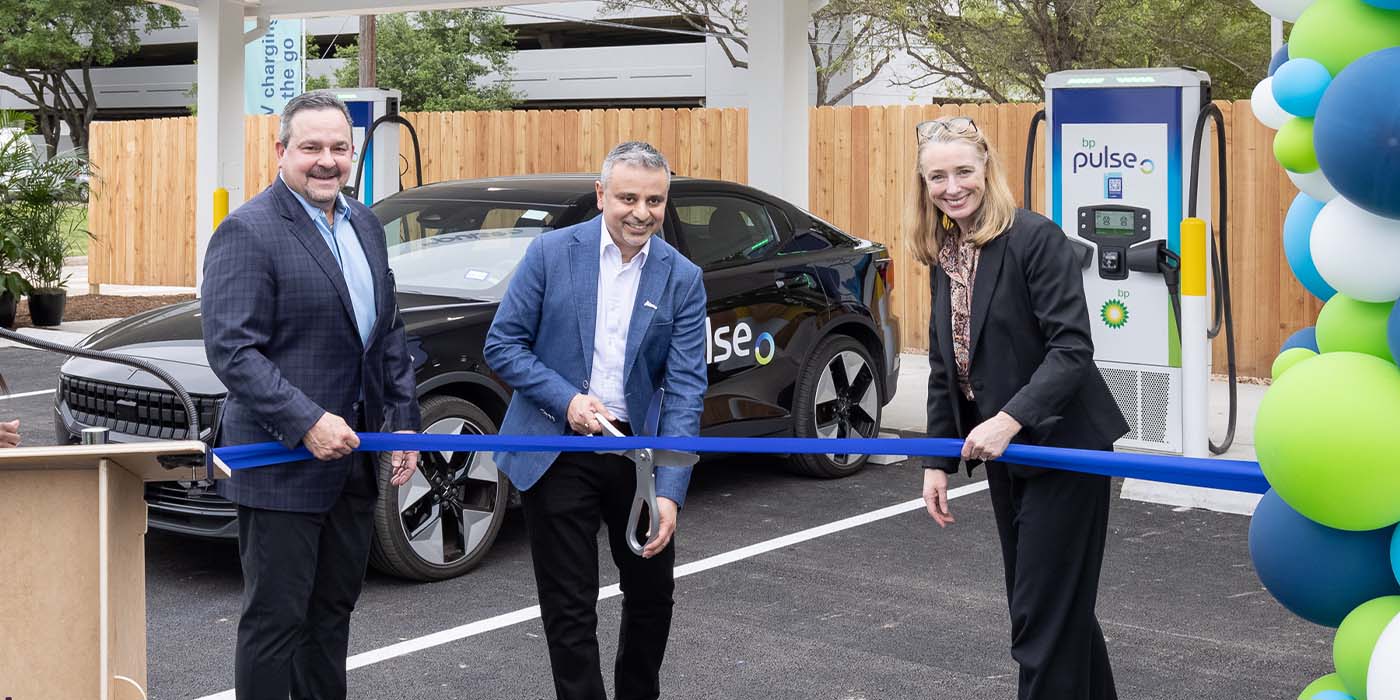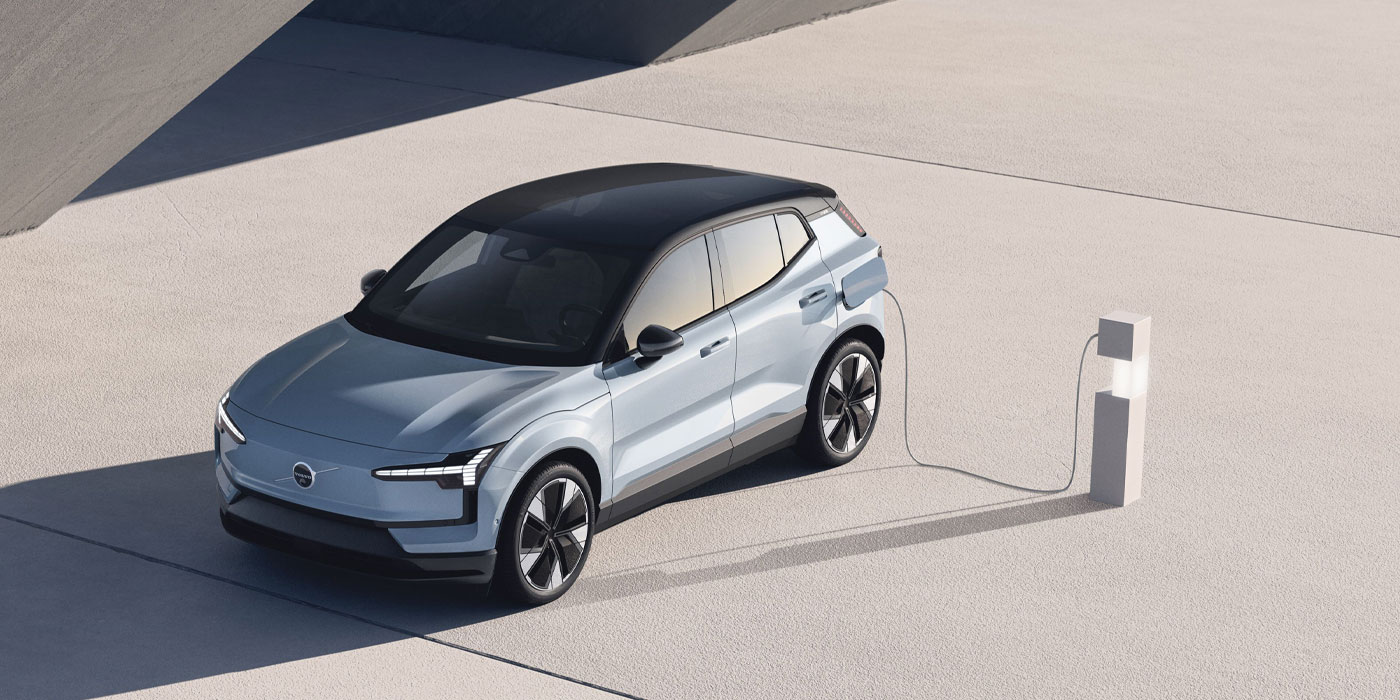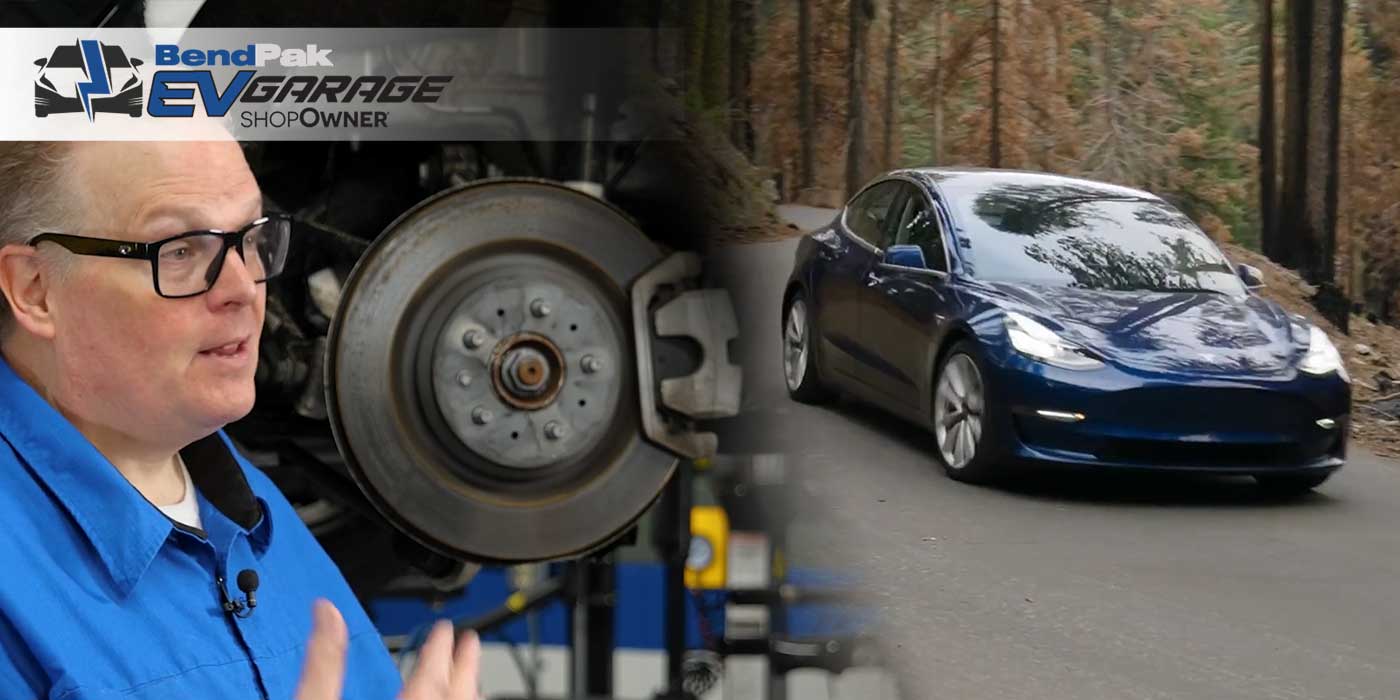You know BP. We all know BP. BP does gas stuff. But just wait a generation or two, and we might find the children of tomorrow saying that BP is more of an electric, charging, infrastructure company than anything else.
That’s because the global energy giant is spending a gasload of money in electrification. This past March, the company announced plans to invest 1 billion euros – that’s billion, with a “B” – in EV charging across the UK over the next 10 years. The company’s electrification arm, BP Pulse, also aims to triple the number of BP Pulse charging points, and will roll out a rapid and ultra-fast charging network in the UK. Already this year, the company delivered more than 900 charge points, and worldwide, BP Pulse operates around 16,000 charge points with an ambition to install 100,000 by 2030.
Also this year in the UK, the company doubled down on green energy generation, as BP kicked off its biggest offshore integrated site survey to prepare offshore wind projects in the Irish and North Seas; and in the U.S., the company upgraded its existing Cedar Creek II wind farm in Colorado.
Then, the electrification theme of 2022 continued, with the launch of BP Pulse in Australia. The company plans to install around 600 charge points across Australia and says it intends for its charging operation to become the country’s “most convenient fast-charging network.”
Want more EV Impact Show? Click here.
Yes, that’s a lot of electrification for a gas company – and here’s one more, too: In another big 2022 move, BP made a deal with Volkswagen to rapidly build a fast charging network across Europe by 2024. The first phase of the rollout will see up to an additional 4,000 charge points at BP’s Aral retail sites in Germany – Aral is what they call BP Pulse in that country – as well as BP retail sites in the UK over the next 24 months. By the end 2024, up to 8,000 charge points could be available across Germany, the UK and other European countries.
One last thing to keep in mind, too: BP Pulse got a big business boost thanks to the acquisition of Amply Power in December of 2021, a brand that rebranded as BP Pulse just a few months back. This gave BP a stronger foothold in the world of light and medium-duty fleets running Amply software, and gives BP more control over the installation of hardware and software these fleets are using to run their electric trucks and buses. So BP is really putting their electrified chips all over the board, putting a strong, even focus on both consumer and commercial electric vehicles.
So, why all the electric hype? I’m sure you can guess – it’s not just about going green. It’s about getting that green, know what I’m saying?
The company claimed early this year that its EV charging stations were VERY CLOSE to being more profitable than its gas pumps. In fact, the company believes it could happen as soon as 2025. BP even reported that its electricity sales for EV charging grew 45% in 2021 from Q2 to Q3 alone.
So, if electrification is more profitable, it’s not hard to see why traditionally fossil-fuel dependant companies like BP are saying “Yay, sustainability!”
It’s all about the green, baby.













